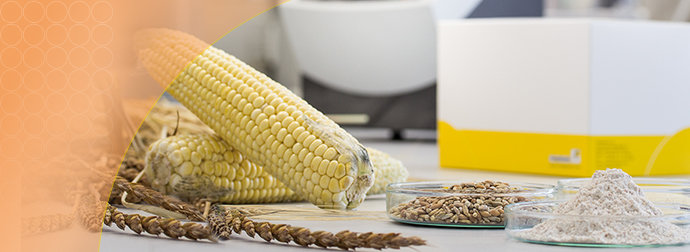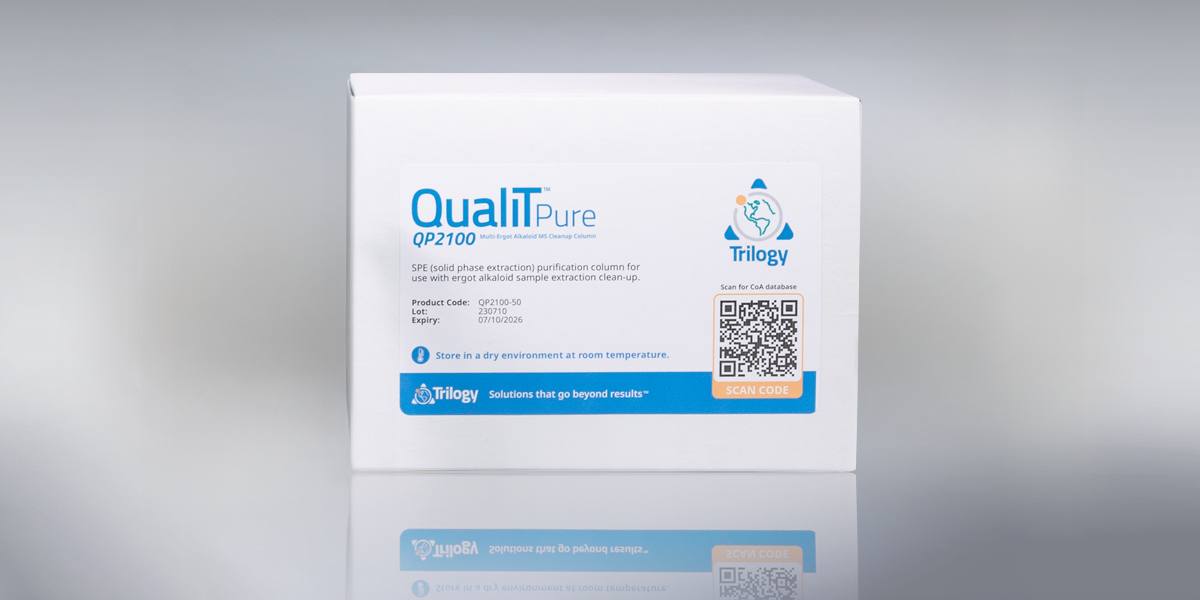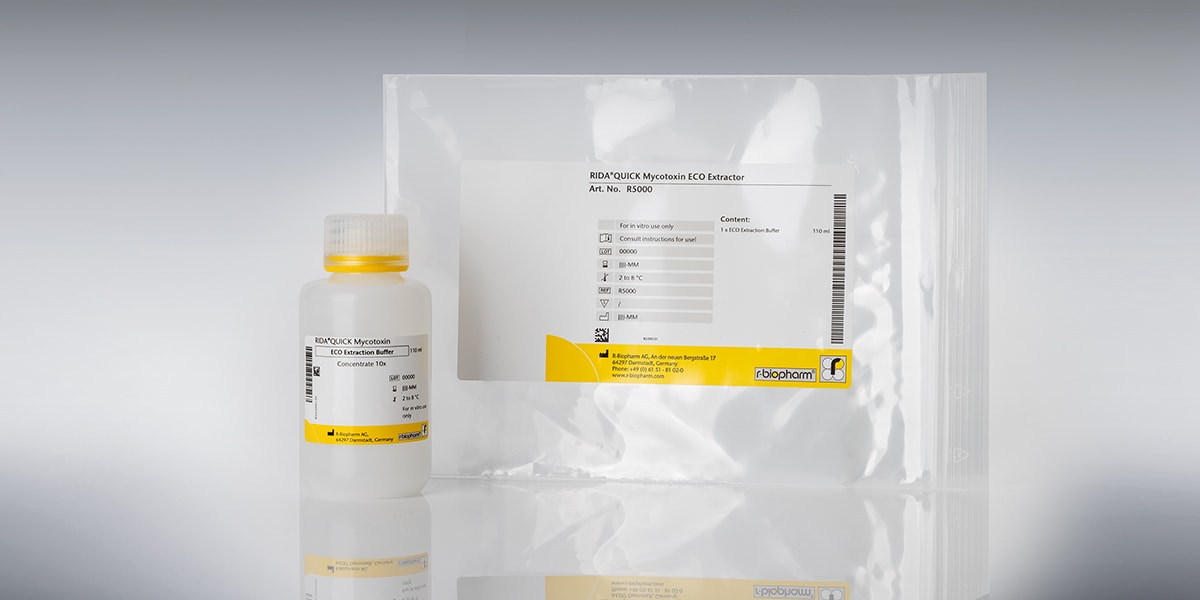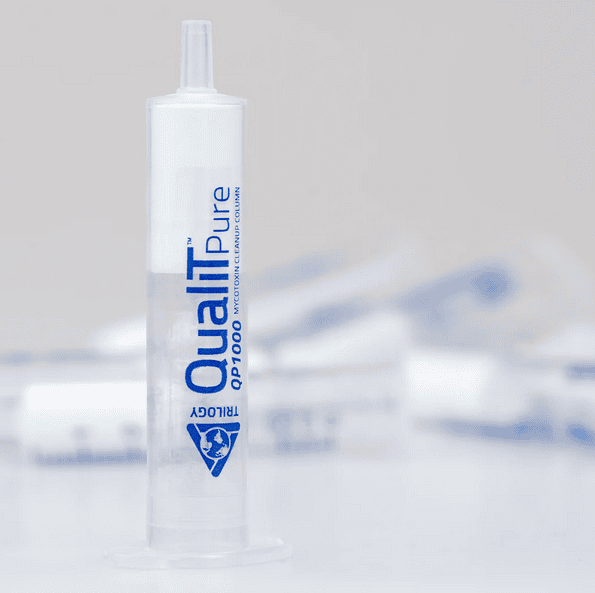
Recent news in Food & Feed Analysis
- Home
- /
- The 6 biggest challenges...
The 6 biggest challenges in mycotoxin analysis (and how to overcome them)

Mycotoxins are among the most important topics in food safety. However, analysis poses some challenges for laboratories as detection is a difficult task, and therefore, mycotoxins go undetected sometimes. These are the biggest mycotoxin analysis challenges – and how to master them all.
1. The matrix is complex
The complex matrices encountered in mycotoxin analysis are a major challenge for laboratories. Mycotoxins may be present in various foods including cereals, nuts, coffee and dairy products. Some matrices, such as spices, contain interfering substances which make analysis difficult. Animal feed is difficult to analyze too, because its exact composition is not always clear.
2. The sample is not representative
Another difficulty is that mycotoxins are unevenly distributed in food. In so-called „mycotoxin pockets“, concentration can be very high, while the rest of the batch may be unaffected. Representative sampling is therefore essential, and a larger sample size is always more meaningful than a smaller sample size. In products with a large particle size, such as figs or nuts, molds are distributed particularly heterogeneously. Consequently, sample quantities must be larger than that of products with a smaller particle size, according to Regulation (EC) No. 401/2006.
3. Sample preparation is not performed correctly
Before each analysis, the sample must be prepared adequately. Depending on the particular test and matrix, a different procedure may be necessary; this should be looked up in the relevant test kit insert. For complex matrices, such as spices, a sample preparation comprising homogenization and extraction is not sufficient – such samples require a clean-up using immuno-affinity columns, for example.
4. Concentration is below the limit of detection
Mycotoxins can be highly toxic even at low concentrations. Consequently, the European Union has set limit values which are very strict in some cases – for example for Aflatoxin B1 in spices only 5 µg/kg. In order to detect such low concentrations, the analysis method must be very sensitive and precise. With their low detection limits, the ELISA tests as well as the quantitative lateral flow tests by R-Biopharm allow detection of very low contaminations – Aflatoxin M1 in milk can already detect a range starting at 5 ng/l (ppt).
5. Multiple mycotoxins might be present
An additional difficulty is the fact that there is a large number of different mycotoxins. More than 300 types of fungal toxins are currently known, of which, however, only some are regulated by law. Several types of mycotoxins can appear simultaneously; it is not unusual to find different trichothecenes in one product. This year, for example, significant levels of T-2/HT-2 toxin have been detected in addition to DON in some regions. Other commodities might contain Ochratoxin together with Aflatoxin. Testing food for a single mycotoxin is therefore sometimes not sufficient.
6. Masked mycotoxins are not detected
In recent years, there has been a lot of talk about so-called „masked mycotoxins“. This term, also referred to as matrix-associated or modified mycotoxins, describes metabolites of mycotoxins. These compounds are formed in the plant, for example by conjugation. They often occur in Fusarium toxins and are thought to be just as toxic as the original toxin. Since their chemical structure is altered, analysis is more complex. Analysis methods suitable for the detection of masked mycotoxins are, for example, the immuno-affinity columns by R-Biopharm.



